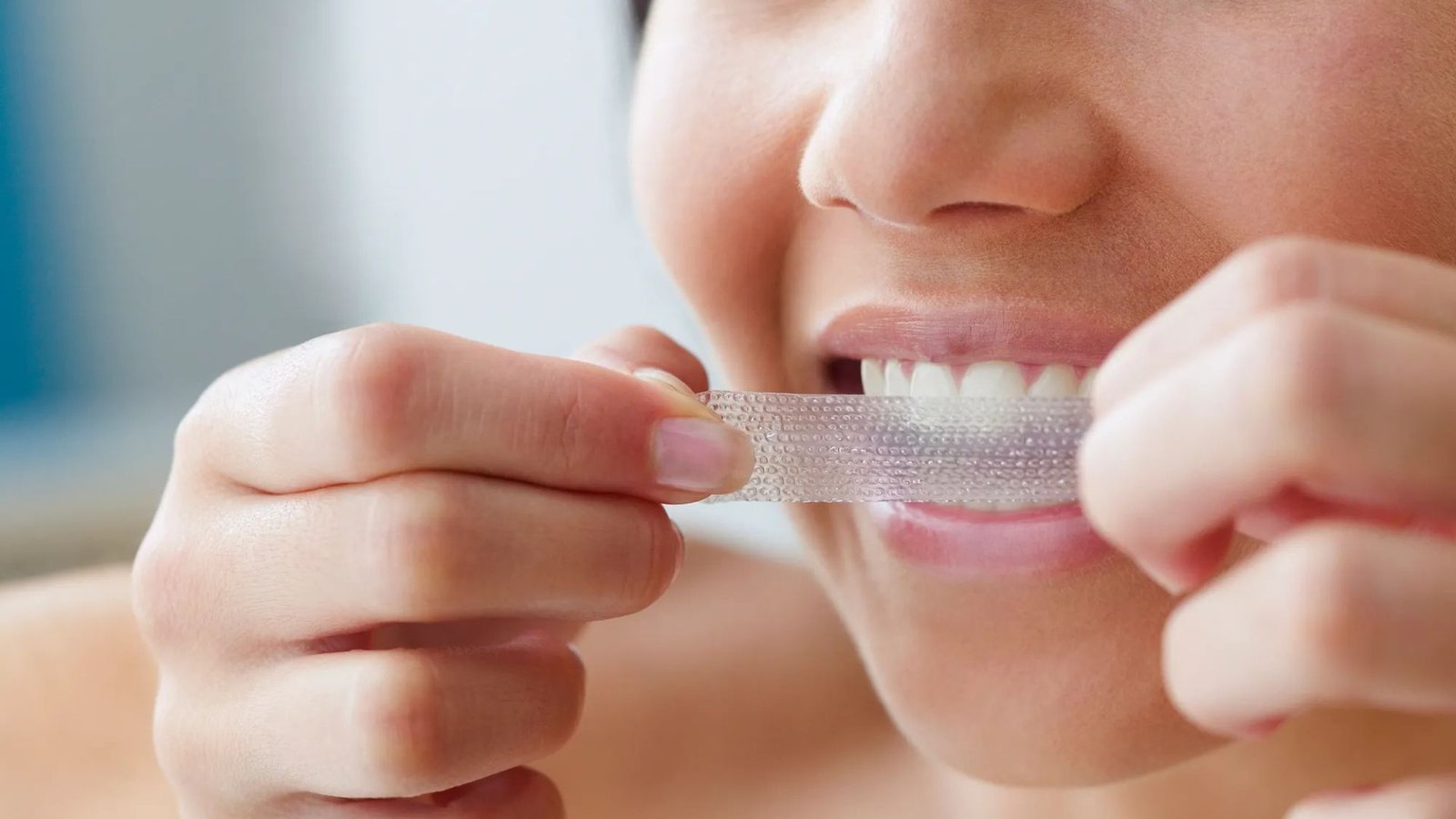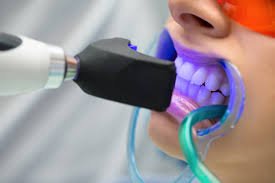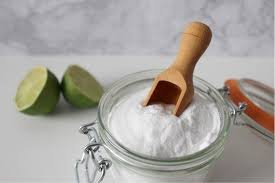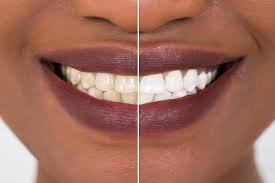A bright, white smile is often associated with good oral hygiene and overall health. Many people opt for teeth whitening treatments to improve their appearance and boost their confidence. However, an important question arises: How often should you get your teeth whitened? The frequency of teeth whitening depends on various factors, including your oral habits, lifestyle, and the type of whitening method you use. In this article, we will explore the key factors to consider when determining how often you should get your teeth whitened and provide guidance for maintaining your results.

The Type of Whitening Treatment
One of the most significant factors influencing how often you should whiten your teeth is the type of whitening treatment you use. There are two main categories of teeth whitening: professional treatments and at-home whitening products.
Professional Teeth Whitening
Professional whitening treatments, such as in-office whitening provided by a dentist, are often more effective and longer-lasting compared to over-the-counter options. In-office treatments typically use stronger whitening agents and provide more immediate results. On average, professional whitening treatments can last anywhere from six months to two years, depending on your lifestyle and oral habits.
Since professional treatments are more effective, many people only need them once every six months to a year. However, if you have specific concerns, such as stubborn stains or discoloration, your dentist may recommend more frequent treatments.
At-Home Whitening Kits
At-home whitening kits, including whitening strips, gels, and trays, are more convenient and affordable but may not provide as dramatic results as professional treatments. These kits often contain a lower concentration of whitening agents, which means they may need to be used more frequently to maintain the desired level of whiteness.
Typically, you might need to use at-home whitening products for a few weeks at a time to achieve noticeable results. After that, you can space out the use of these products, using them once a month or as needed to touch up your smile. The frequency will vary based on the brand and product you’re using, as well as your level of stain removal and whitening.
Your Lifestyle and Habits
Your lifestyle choices can significantly impact how often you need teeth whitening treatments. Certain habits, such as consuming staining foods and drinks or smoking, can cause your teeth to yellow or stain more quickly.
- Diet and Beverages: If you regularly consume coffee, tea, red wine, or dark-colored foods, your teeth may become discolored faster. These substances contain tannins and pigments that can cling to your teeth, causing stains over time. If you have a diet that includes these types of foods and beverages frequently, you may need to whiten your teeth more often.
- Smoking or Tobacco Use: Smoking or using tobacco products is another major contributor to tooth discoloration. Tobacco contains nicotine and tar, which can create yellow or brown stains on your teeth. If you smoke or chew tobacco, you might need teeth whitening more frequently to counteract the discoloration.
- Oral Hygiene: Good oral hygiene habits can help reduce the need for frequent whitening treatments. Brushing your teeth at least twice a day, flossing daily, and visiting the dentist for regular checkups can help keep your teeth clean and minimize staining. If your oral hygiene is excellent, you may be able to wait longer between whitening treatments.
The Sensitivity of Your Teeth
For individuals with sensitive teeth, it’s important to be cautious when deciding how often to whiten your teeth. Whitening treatments can sometimes cause temporary tooth sensitivity, especially after in-office treatments or prolonged use of at-home whitening products. If you experience discomfort, it’s a good idea to space out your whitening sessions to avoid aggravating the sensitivity.
Your dentist can help you determine the most suitable whitening options for sensitive teeth, ensuring that you achieve your desired results without causing unnecessary pain or discomfort.
Maintenance Between Whitening Sessions
If you are satisfied with the results of your whitening treatment, you may want to focus on maintenance to extend the effects. There are several things you can do to keep your teeth white between whitening sessions:
- Brush After Meals: Brushing your teeth after eating can help remove food particles and reduce the risk of staining. Using a whitening toothpaste once or twice a week can also help maintain the brightness of your smile.
- Use a Straw for Staining Drinks: If you consume beverages like coffee, tea, or soda, consider using a straw to reduce the contact these liquids have with your teeth. This can help minimize staining over time.
- Regular Dental Cleanings: Regular cleanings at your dentist’s office can remove plaque and tartar, which can cause your teeth to look dull or yellow. Professional cleanings also give you an opportunity to discuss any whitening needs with your dentist.
Conclusion
The frequency with which you should whiten your teeth depends on several factors, including the type of treatment you use, your lifestyle habits, the condition of your teeth, and your oral hygiene practices. For those who have professional whitening treatments, a touch-up every six months to a year is usually sufficient. At-home whitening products may require more frequent use, but they can help you maintain your bright smile in between professional treatments.










